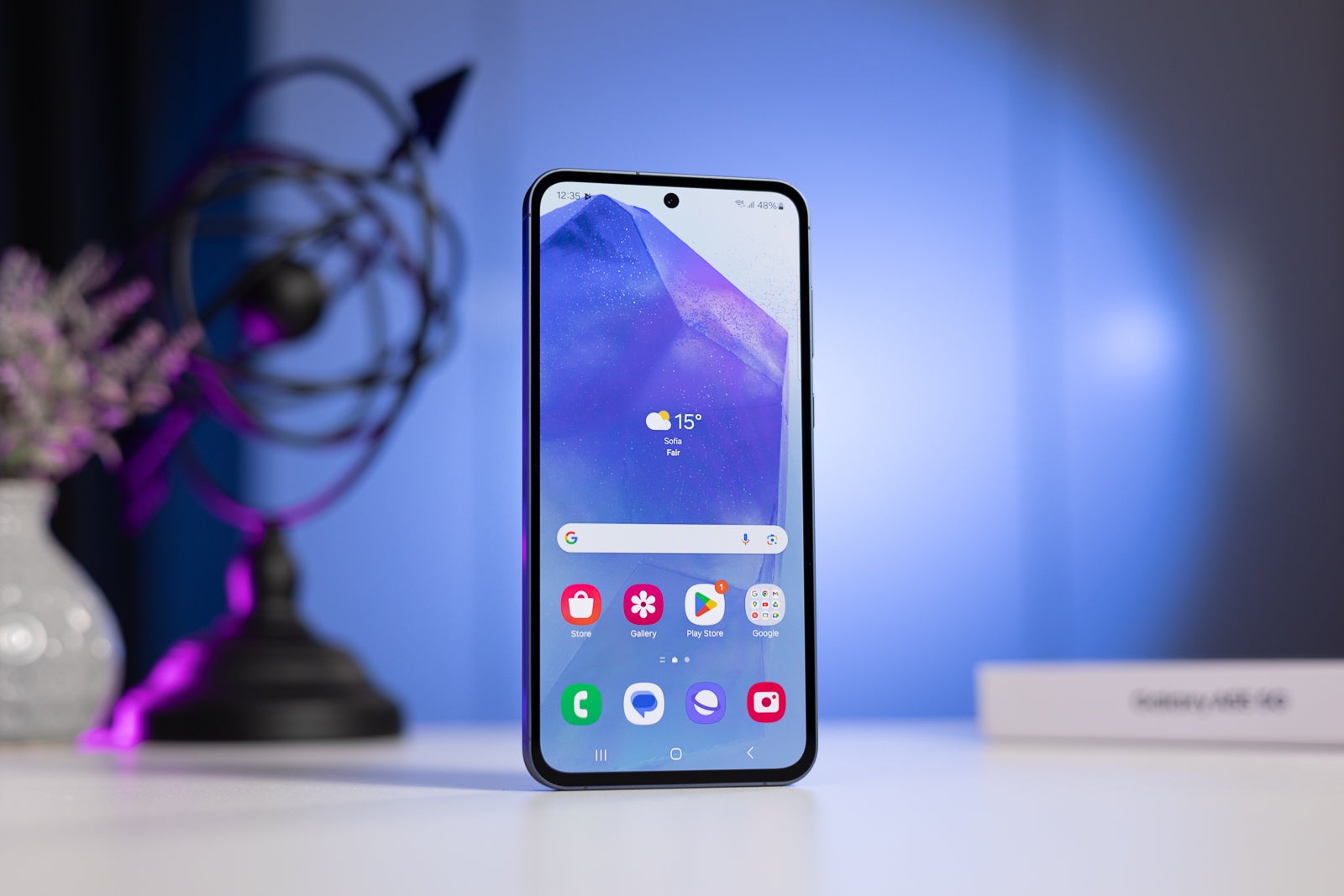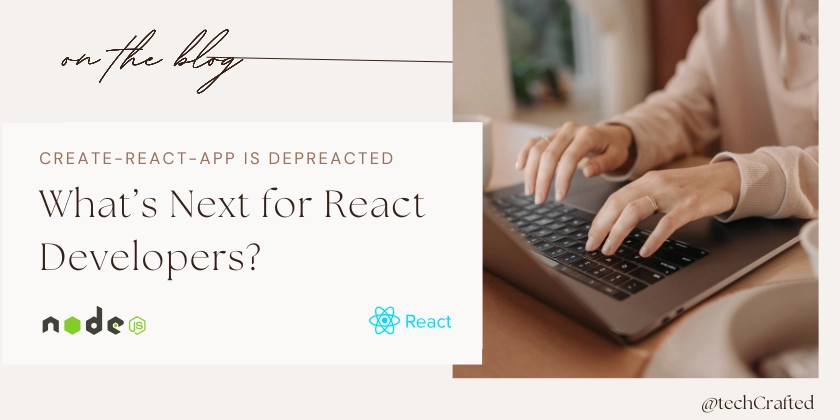How to Build Software Without Writing Code
In the past, developing a software application required deep technical knowledge and the ability to write complex lines of code. Today, with the rise of no-code platforms, that barrier is being broken. Entrepreneurs, marketers, and small business owners can now create their own digital products and tools without writing a single line of code. In this article, we’ll show you how it’s possible to build software without coding, what tools to use, and what advantages and limitations this approach brings. What Is No-Code Development? No-code development refers to the process of building software applications using visual interfaces and drag-and-drop tools, rather than traditional coding. These platforms allow users to create workflows, design interfaces, and define logic using pre-built components. No-code tools are designed for non-developers. While they don't replace all the capabilities of custom coding, they allow for the development of apps, websites, and automation flows in a much faster and simpler way. Key Benefits of No-Code Tools 1. Faster Time to Market You can launch a prototype or even a full application in days or weeks, instead of months. This is especially useful for startups that need to validate ideas quickly. 2. Lower Development Costs You don’t need to hire a full development team. Many no-code platforms offer affordable plans that allow you to build powerful tools with minimal investment. 3. Independence From Developers With no-code, you have full control over your application. You can make updates, test new ideas, and adjust the interface without waiting on technical support. 4. User-Friendly Interfaces Most no-code tools are intuitive and easy to learn. With a few tutorials and practice, almost anyone can start building. Popular No-Code Platforms Bubble – Ideal for building full web applications with complex logic. Adalo – Great for creating native mobile apps. Webflow – A powerful tool for designing and launching responsive websites. Glide – Allows you to create apps directly from Google Sheets. Zapier / Make – Useful for creating automated workflows between apps and services. Each platform has its strengths, so the best choice depends on what you're trying to build. Step-by-Step: How to Build Software Without Code 1. Define Your Idea Clarify what problem your software solves, who it helps, and how it will work. The more specific, the better. 2. Choose the Right No-Code Tool Match the platform to your needs. For a web app, try Bubble. For a mobile app, try Adalo. For automations, try Zapier or Make. 3. Map Out the Features and User Flows Use tools like Figma or pen and paper to sketch the app interface and how users will navigate. 4. Start Building Use the visual interface to add screens, buttons, forms, and other elements. Define how each action behaves using the platform’s logic settings. 5. Test and Iterate Before launching, test the application with real users. Collect feedback, fix issues, and improve the interface. 6. Publish and Share Most platforms offer built-in hosting or export options so you can easily publish your application. Limitations to Keep in Mind Scalability – No-code apps may not perform well with high volumes of users or data. Customization – There might be limitations if you need very specific features. Platform Lock-In – You’re tied to the features and pricing of the platform you choose. Security and Compliance – Ensure the platform meets your industry’s data protection requirements. When to Consider Switching to Custom Development If your app grows and you start hitting performance or customization limits, it might be time to transition to custom software development. In that case, a software house can help turn your validated no-code prototype into a fully scalable and secure product. Conclusion No-code platforms are democratizing software development. With the right tools and mindset, anyone can create digital products that solve real problems, without writing a single line of code. Whether you're launching a startup, building an internal tool, or testing a new idea, no-code can help you move faster and smarter. And when you're ready to scale beyond the limitations of no-code, a software house is there to take your project to the next level.
In the past, developing a software application required deep technical knowledge and the ability to write complex lines of code. Today, with the rise of no-code platforms, that barrier is being broken. Entrepreneurs, marketers, and small business owners can now create their own digital products and tools without writing a single line of code.
In this article, we’ll show you how it’s possible to build software without coding, what tools to use, and what advantages and limitations this approach brings.
What Is No-Code Development?
No-code development refers to the process of building software applications using visual interfaces and drag-and-drop tools, rather than traditional coding. These platforms allow users to create workflows, design interfaces, and define logic using pre-built components.
No-code tools are designed for non-developers. While they don't replace all the capabilities of custom coding, they allow for the development of apps, websites, and automation flows in a much faster and simpler way.
Key Benefits of No-Code Tools
1. Faster Time to Market
You can launch a prototype or even a full application in days or weeks, instead of months. This is especially useful for startups that need to validate ideas quickly.
2. Lower Development Costs
You don’t need to hire a full development team. Many no-code platforms offer affordable plans that allow you to build powerful tools with minimal investment.
3. Independence From Developers
With no-code, you have full control over your application. You can make updates, test new ideas, and adjust the interface without waiting on technical support.
4. User-Friendly Interfaces
Most no-code tools are intuitive and easy to learn. With a few tutorials and practice, almost anyone can start building.
Popular No-Code Platforms
Bubble – Ideal for building full web applications with complex logic.
Adalo – Great for creating native mobile apps.
Webflow – A powerful tool for designing and launching responsive websites.
Glide – Allows you to create apps directly from Google Sheets.
Zapier / Make – Useful for creating automated workflows between apps and services.
Each platform has its strengths, so the best choice depends on what you're trying to build.
Step-by-Step: How to Build Software Without Code
1. Define Your Idea
Clarify what problem your software solves, who it helps, and how it will work. The more specific, the better.
2. Choose the Right No-Code Tool
Match the platform to your needs. For a web app, try Bubble. For a mobile app, try Adalo. For automations, try Zapier or Make.
3. Map Out the Features and User Flows
Use tools like Figma or pen and paper to sketch the app interface and how users will navigate.
4. Start Building
Use the visual interface to add screens, buttons, forms, and other elements. Define how each action behaves using the platform’s logic settings.
5. Test and Iterate
Before launching, test the application with real users. Collect feedback, fix issues, and improve the interface.
6. Publish and Share
Most platforms offer built-in hosting or export options so you can easily publish your application.
Limitations to Keep in Mind
Scalability – No-code apps may not perform well with high volumes of users or data.
Customization – There might be limitations if you need very specific features.
Platform Lock-In – You’re tied to the features and pricing of the platform you choose.
Security and Compliance – Ensure the platform meets your industry’s data protection requirements.
When to Consider Switching to Custom Development
If your app grows and you start hitting performance or customization limits, it might be time to transition to custom software development. In that case, a software house can help turn your validated no-code prototype into a fully scalable and secure product.
Conclusion
No-code platforms are democratizing software development. With the right tools and mindset, anyone can create digital products that solve real problems, without writing a single line of code.
Whether you're launching a startup, building an internal tool, or testing a new idea, no-code can help you move faster and smarter. And when you're ready to scale beyond the limitations of no-code, a software house is there to take your project to the next level.











































































































































































![[The AI Show Episode 143]: ChatGPT Revenue Surge, New AGI Timelines, Amazon’s AI Agent, Claude for Education, Model Context Protocol & LLMs Pass the Turing Test](https://www.marketingaiinstitute.com/hubfs/ep%20143%20cover.png)














































































































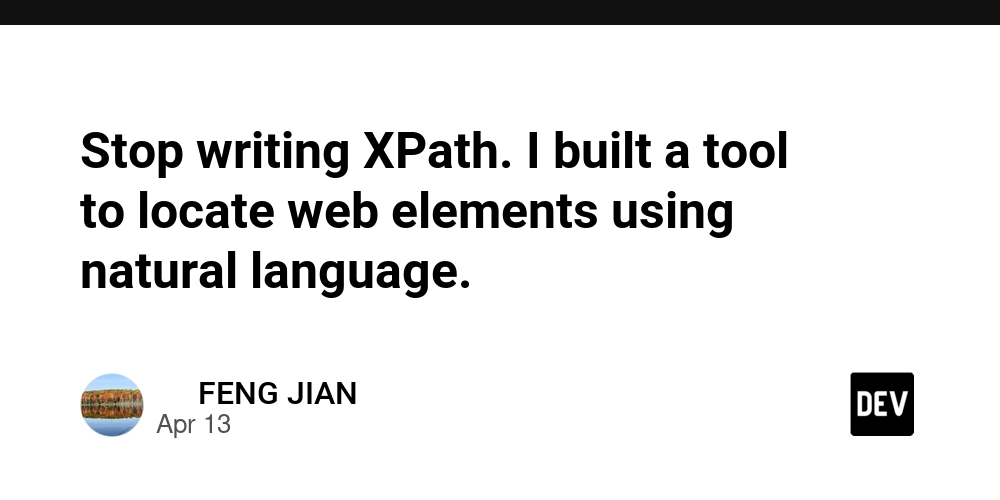
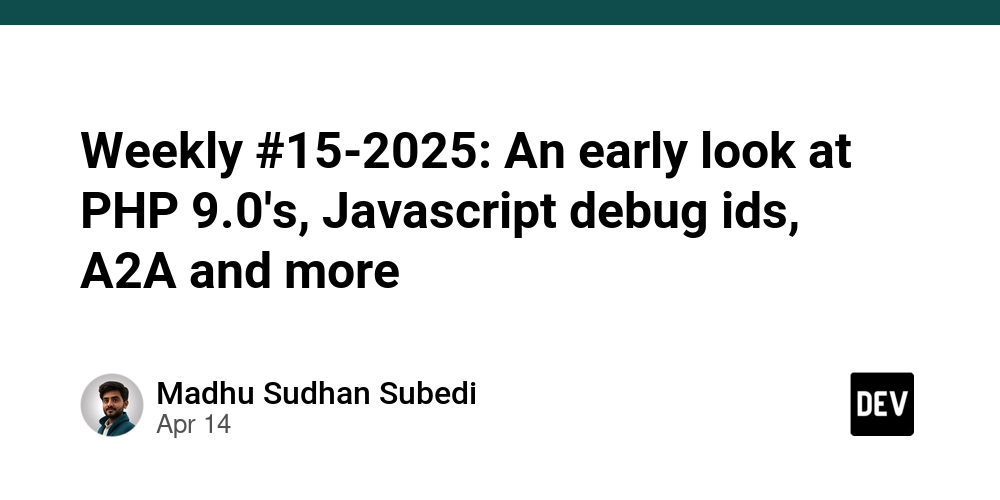
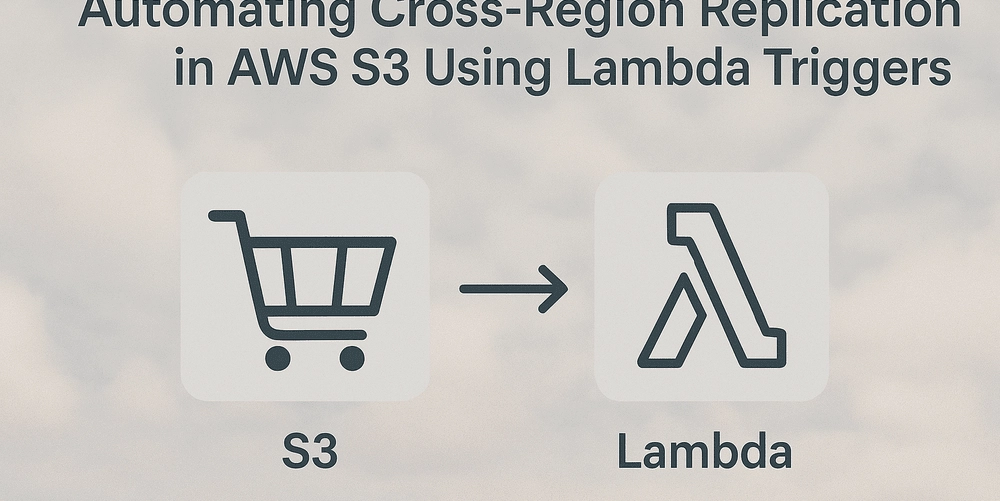









![[DEALS] Microsoft Visual Studio Professional 2022 + The Premium Learn to Code Certification Bundle (97% off) & Other Deals Up To 98% Off](https://www.javacodegeeks.com/wp-content/uploads/2012/12/jcg-logo.jpg)



![From Accountant to Data Engineer with Alyson La [Podcast #168]](https://cdn.hashnode.com/res/hashnode/image/upload/v1744420903260/fae4b593-d653-41eb-b70b-031591aa2f35.png?#)






































































































.png?#)






































































































































![What Google Messages features are rolling out [April 2025]](https://i0.wp.com/9to5google.com/wp-content/uploads/sites/4/2023/12/google-messages-name-cover.png?resize=1200%2C628&quality=82&strip=all&ssl=1)











![iPadOS 19 Will Be More Like macOS [Gurman]](https://www.iclarified.com/images/news/97001/97001/97001-640.jpg)
![Apple TV+ Summer Preview 2025 [Video]](https://www.iclarified.com/images/news/96999/96999/96999-640.jpg)
![Apple Watch SE 2 On Sale for Just $169.97 [Deal]](https://www.iclarified.com/images/news/96996/96996/96996-640.jpg)
















































